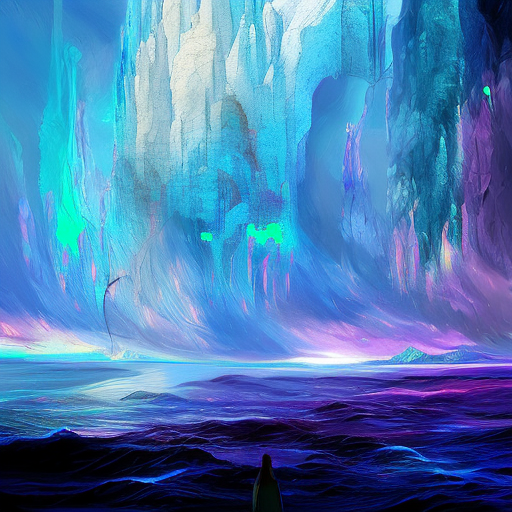The Farthest Shore: A Journey to Save the World
In “The Farthest Shore” by Ursula K. Le Guin, the third book in the Earthsea Cycle, we follow the adventures of Ged, a powerful wizard, and Arren, a young prince, as they embark on a perilous quest to restore balance to their world. With themes of mortality, the misuse of power, and the importance of self-discovery, this fantasy novel takes readers on a thought-provoking journey through a land of magic and darkness.
A World in Disarray
The story begins with Ged, now Archmage of Roke, sensing a disturbance in the balance of magic. He is visited by Arren, a troubled young prince from Enlad, who brings news of a mysterious force causing the world to lose its magic and life force. Together, they set out on a journey to find the source of this disturbance and restore harmony to Earthsea.
As they travel through various islands, they encounter a world in disarray. They witness the decay of once-thriving lands, the loss of magical abilities, and the despair of its inhabitants. Le Guin masterfully paints a picture of a world on the brink of collapse, where darkness and death threaten to consume everything.
The Perils of Immortality
During their quest, Ged and Arren meet a variety of characters who embody different aspects of the human condition. One of the central themes explored in “The Farthest Shore” is the perils of immortality. The duo encounters a group of immortal sorcerers who have become detached from the natural order of life and death. These sorcerers, known as the “Undying,” have extended their lives at the expense of the world’s vitality. Le Guin prompts readers to reflect on the consequences of seeking eternal life and the importance of embracing the natural cycle of existence.
A Journey of Self-Discovery
As Ged and Arren continue their journey, they also embark on a path of self-discovery. Arren, burdened by his own fears and insecurities, learns valuable lessons about courage, responsibility, and the true meaning of heroism. Ged, on the other hand, grapples with his own mortality and the weight of his powers. Through their experiences, both characters undergo profound transformations, gaining wisdom and understanding about themselves and the world around them.
In the climactic final confrontation, Ged confronts the source of the disturbance, a rogue wizard named Cob, who seeks to conquer death and control the balance of life and magic. In a battle of wills and magic, Ged must confront his own fears and make a sacrifice to restore harmony to Earthsea.
Key takeaways from “The Farthest Shore” include:
- The misuse of power can have devastating consequences for both individuals and the world.
- Embracing the natural cycle of life and death is essential for maintaining balance and vitality.
- Self-discovery and personal growth can come from facing one’s fears and embracing responsibility.
In Le Guin’s words: “To light a candle is to cast a shadow.”
This quote serves as a reminder that every action has consequences, and even the most well-intentioned deeds can have unintended outcomes.
“The Farthest Shore” is a captivating and thought-provoking fantasy novel that delves into themes of mortality, the misuse of power, and the importance of self-discovery. Le Guin’s masterful storytelling and richly developed characters make this a compelling read for fans of the Earthsea Cycle and fantasy enthusiasts alike.












